Intermittent fasting has taken the fitness world by storm, and for good reason—it’s a flexible, science-backed strategy to accelerate fat loss, boost energy, and optimize your performance. Since our last post in 2019, the buzz around intermittent fasting (IF) has only grown, with new research shedding light on its benefits. So, what’s the deal with IF, and how can it help you crush your health and fitness goals in 2023? In this updated guide, we’ll dive into what intermittent fasting is, how it works, and why it might be the game-changer you need—all tailored for the Gaspari Nutrition community.
What Is Intermittent Fasting?
Fasting isn’t new. Historically, humans fasted out of necessity—think long winters or dry seasons when food was scarce—or for spiritual reasons tied to religious traditions. These practices prove our bodies can handle periods without food, but modern intermittent fasting flips the script. It’s not about survival; it’s about thriving.
Intermittent fasting involves cycling between eating and fasting periods. During fasting windows, you consume little to no calories, prompting your body to tap into stored fat for fuel. Unlike old-school fasting that could trick your body into hoarding fat, IF is strategic—designed to enhance fat burning, improve digestion, and support your fitness journey when paired with proper nutrition and exercise.
How Does Intermittent Fasting Work?
Intermittent fasting triggers a metabolic shift: when you stop eating, insulin levels drop, and your body switches from burning glucose to torching fat. This process powers many of IF’s benefits, from fat loss to better energy. But how you fast is up to you—there’s no one-size-fits-all method. Here are the most popular approaches:
Popular Methods of Intermittent Fasting
- 16/8 Method: Fast for 16 hours, eat within an 8-hour window (e.g., noon to 8 p.m.). It’s beginner-friendly and skips breakfast—perfect if you’re not a morning eater.
- 5:2 Diet: Eat normally five days a week, then limit yourself to 500-600 calories on two non-consecutive days. Great for those easing into fasting.
- Eat-Stop-Eat: Fast for 24 hours once or twice a week (e.g., dinner to dinner). It’s intense but effective for disciplined folks.
- Alternate-Day Fasting: Alternate between normal eating days and fasting (or very low-calorie) days. A tougher option with big potential payoffs.
- Warrior Diet: Fast all day, then feast at night. Ideal for those who thrive on one massive, satisfying meal.
Choose a method that fits your lifestyle—consistency is key.
The Benefits of Intermittent Fasting
Since 2019, research has only strengthened the case for intermittent fasting. When paired with a solid diet and workout plan, IF delivers results. Here’s what it can do for you:
- Accelerated Fat Loss: Shorter eating windows naturally cut calories, while fasting boosts fat-burning hormones—perfect for sculpting a leaner physique.
- Optimized Metabolism: IF improves insulin sensitivity, lowers blood sugar, and reduces inflammation, setting you up for peak performance.
- Cellular Cleanup: Fasting kickstarts autophagy—your cells’ way of clearing out junk—which may lower disease risk and support longevity.
- Sharper Mind: Studies suggest IF boosts brain function, enhancing focus and protecting against conditions like Alzheimer’s.
- More Energy: Ditch the mid-day slump. Many report feeling lighter and more productive without constant snacking.
IF isn’t a quick fix—it shines brightest when you fuel up with nutrient-dense foods and hit the gym regularly.
Who Should NOT Try Intermittent Fasting?
Intermittent fasting isn’t a universal fit. Some folks should steer clear or talk to a doctor first:
- People with Eating Disorders: Fasting could trigger unhealthy patterns—safety first.
- Pregnant or Breastfeeding Women: Your body needs extra fuel during these phases.
- Diabetics or Hypoglycemics: Blood sugar swings make fasting risky without medical guidance.
- Kids Under 18: Growing bodies need steady nutrition, not skipped meals.
- Medicated Individuals: Some meds require food—check with your doc.
When in doubt, consult a healthcare pro before diving in.
Why Choose Intermittent Fasting?
Stuck in a rut with your current routine? Intermittent fasting can shake things up. It’s not just about eating less—it’s about eating smarter. Here’s why it’s a winner:
- Bust Plateaus: IF tunes your body to burn fat more efficiently, helping you shed stubborn pounds.
- Simplify Life: Fewer meals mean less planning and more time for what matters.
- Build Discipline: Fasting curbs cravings and mindless munching, strengthening your mental game.
- Feel Empowered: Unlike crash diets, IF is sustainable and leaves you in control.
For fitness buffs like the Gaspari crew, it’s a tool to amplify your hard work—not replace it.
Combining Intermittent Fasting with the Keto Diet
Want to double down on fat-burning? Pair IF with the keto diet. Keto’s high-fat, low-carb approach pushes your body into ketosis, where fat becomes your primary fuel. Add intermittent fasting, and you’re a fat-torching machine—perfect for cutting phases or leaning out.
But here’s the catch: both can deplete electrolytes and nutrients if you’re not careful. That’s where Gaspari Nutrition steps in. Our AminoLast keeps you fueled and performing at your best, whether you’re fasting or crushing a workout.
Experience the Difference with Intermittent Fasting
Intermittent fasting isn’t just a trend—it’s a proven strategy to transform your body and mind. From shredding fat to boosting energy, IF can take your fitness game to new heights. Pair it with a clean diet, regular training, and the right supplements, and you’re unstoppable.
Ready to make it happen? Check out Gaspari Nutrition’s supplement lineup to support your fasting journey and maximize your gains.






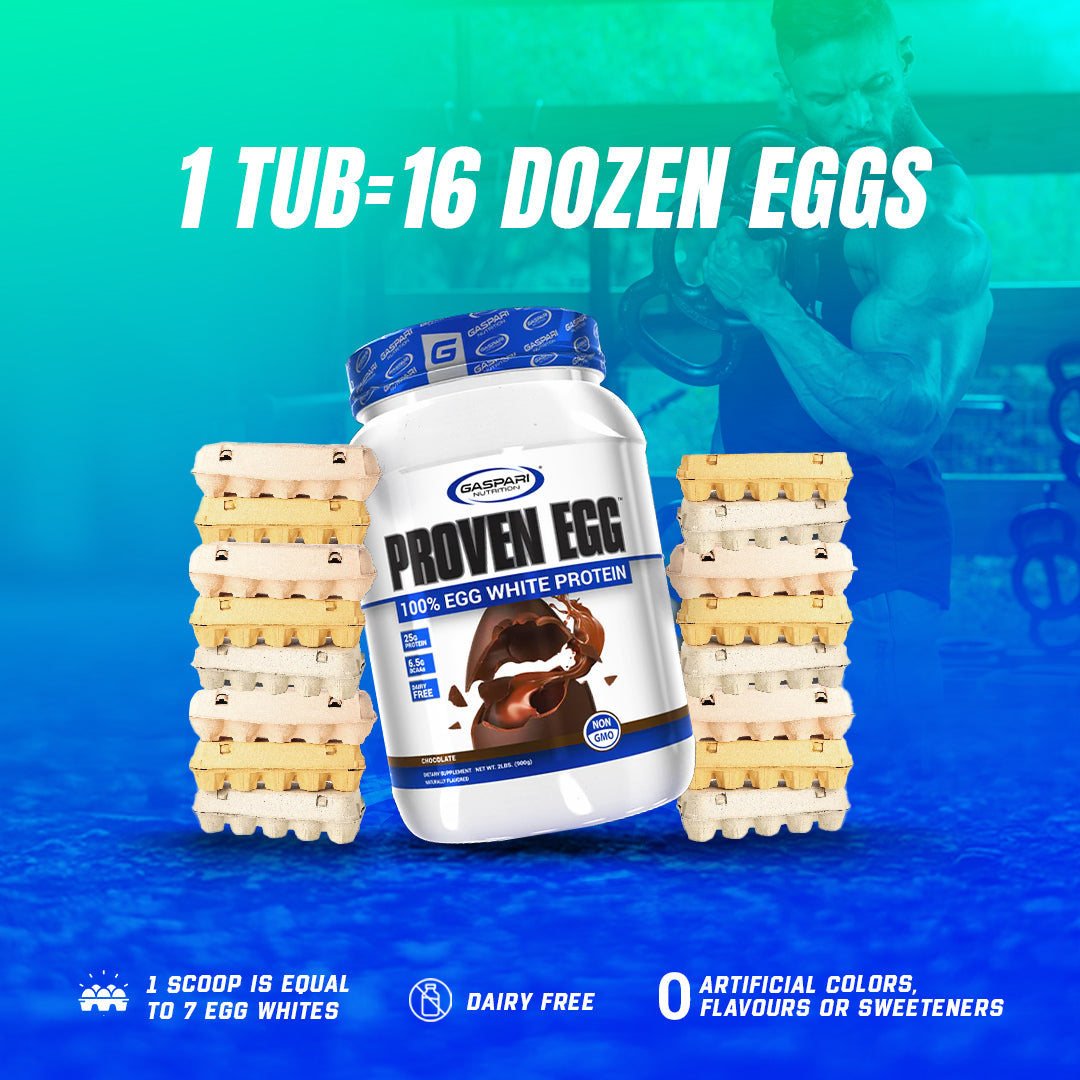

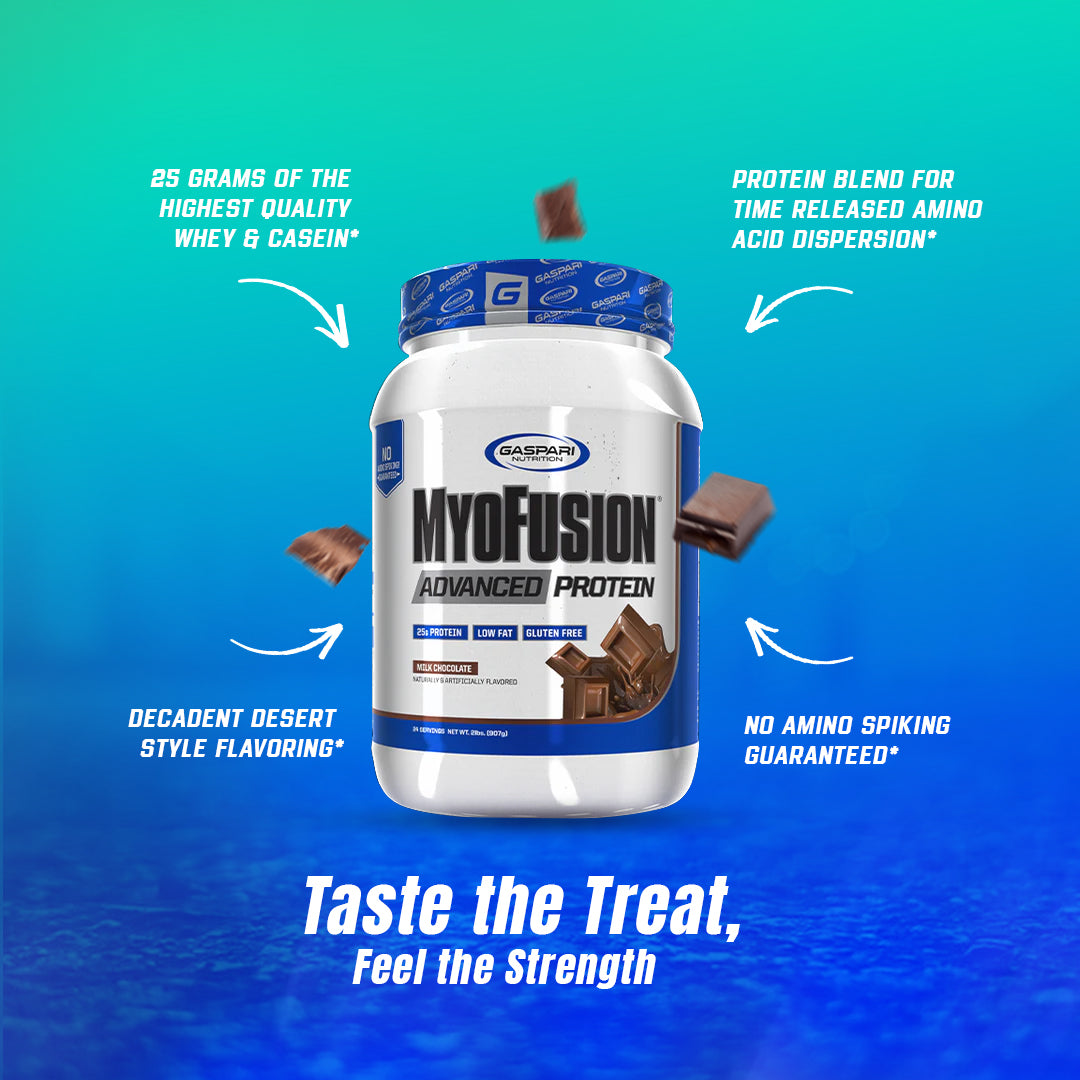













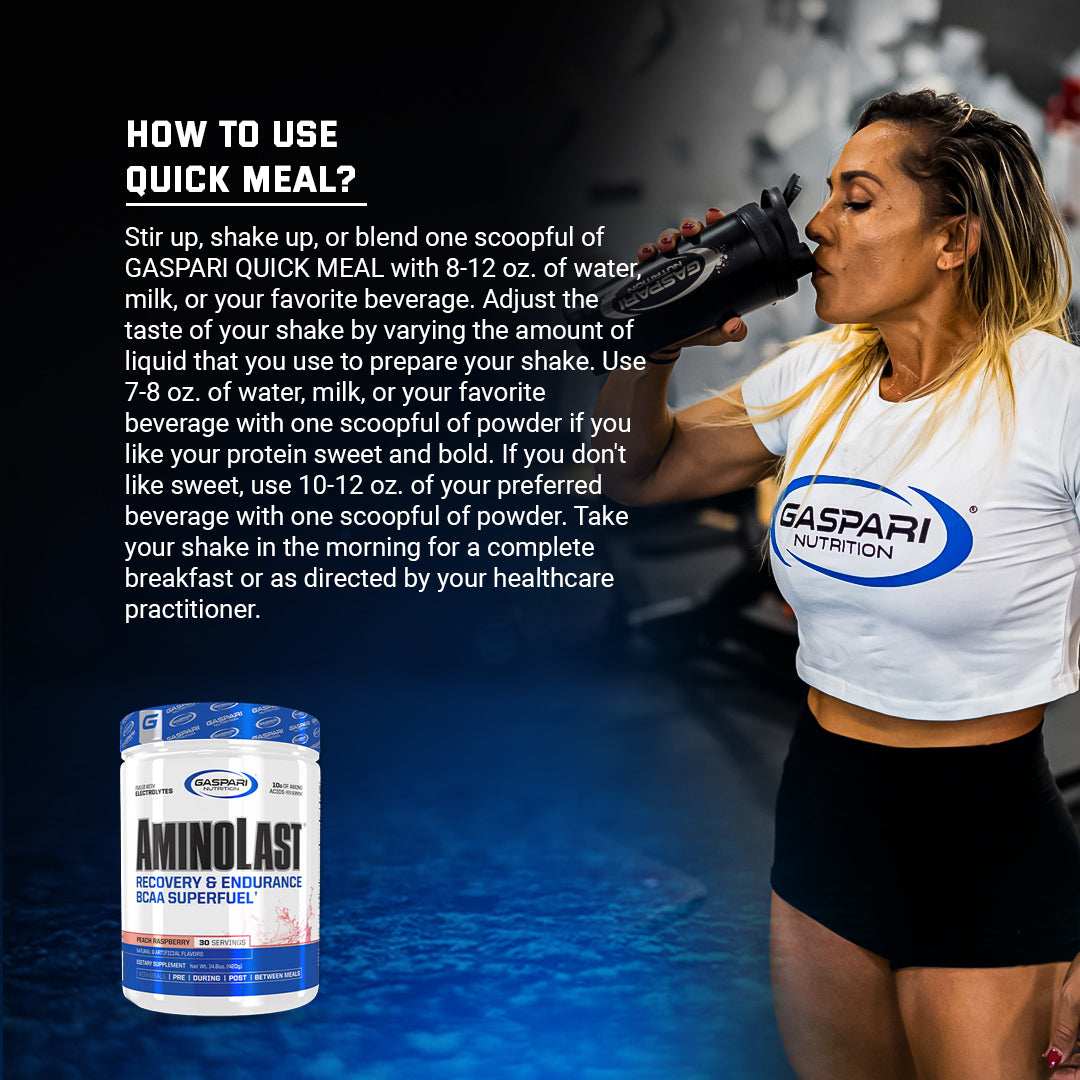
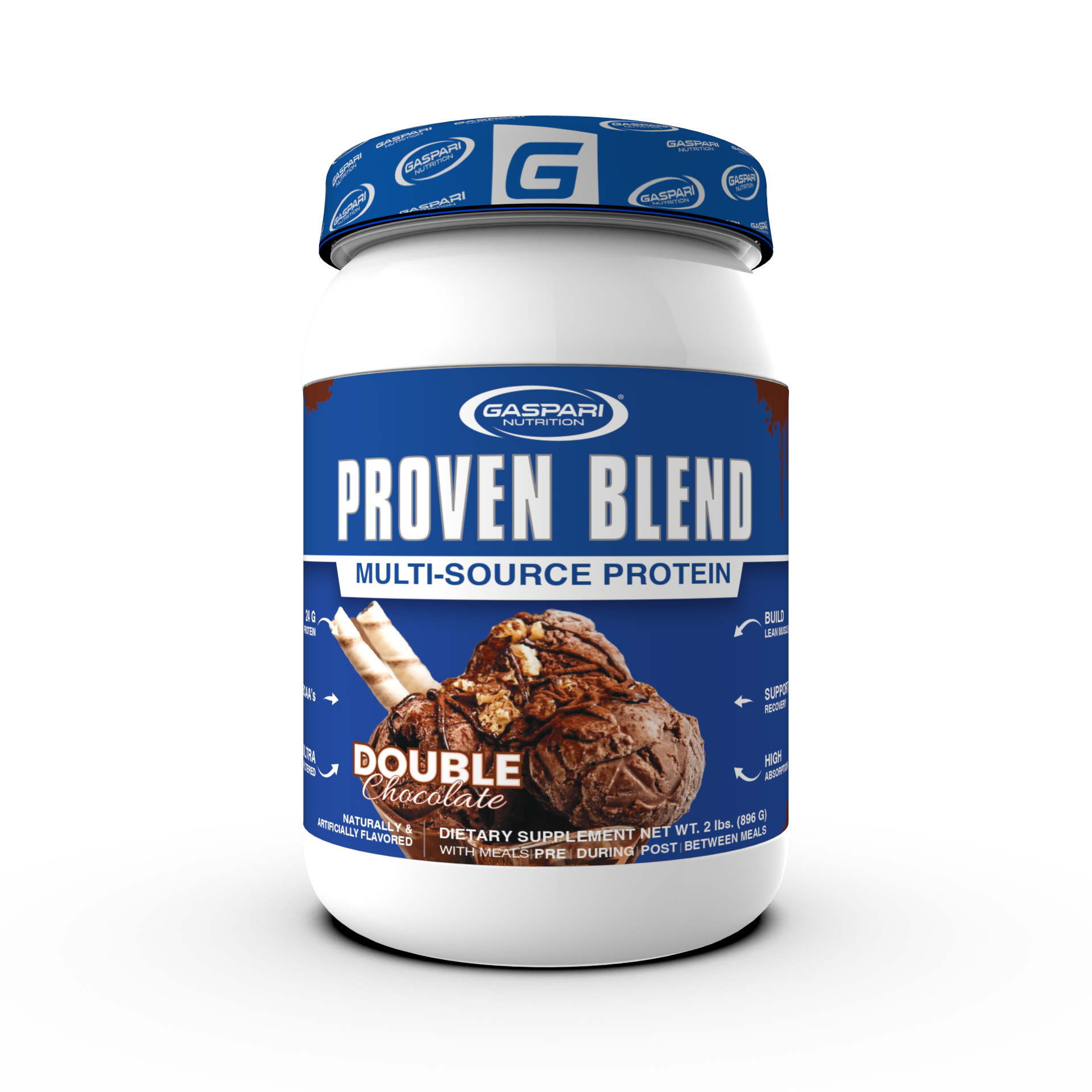





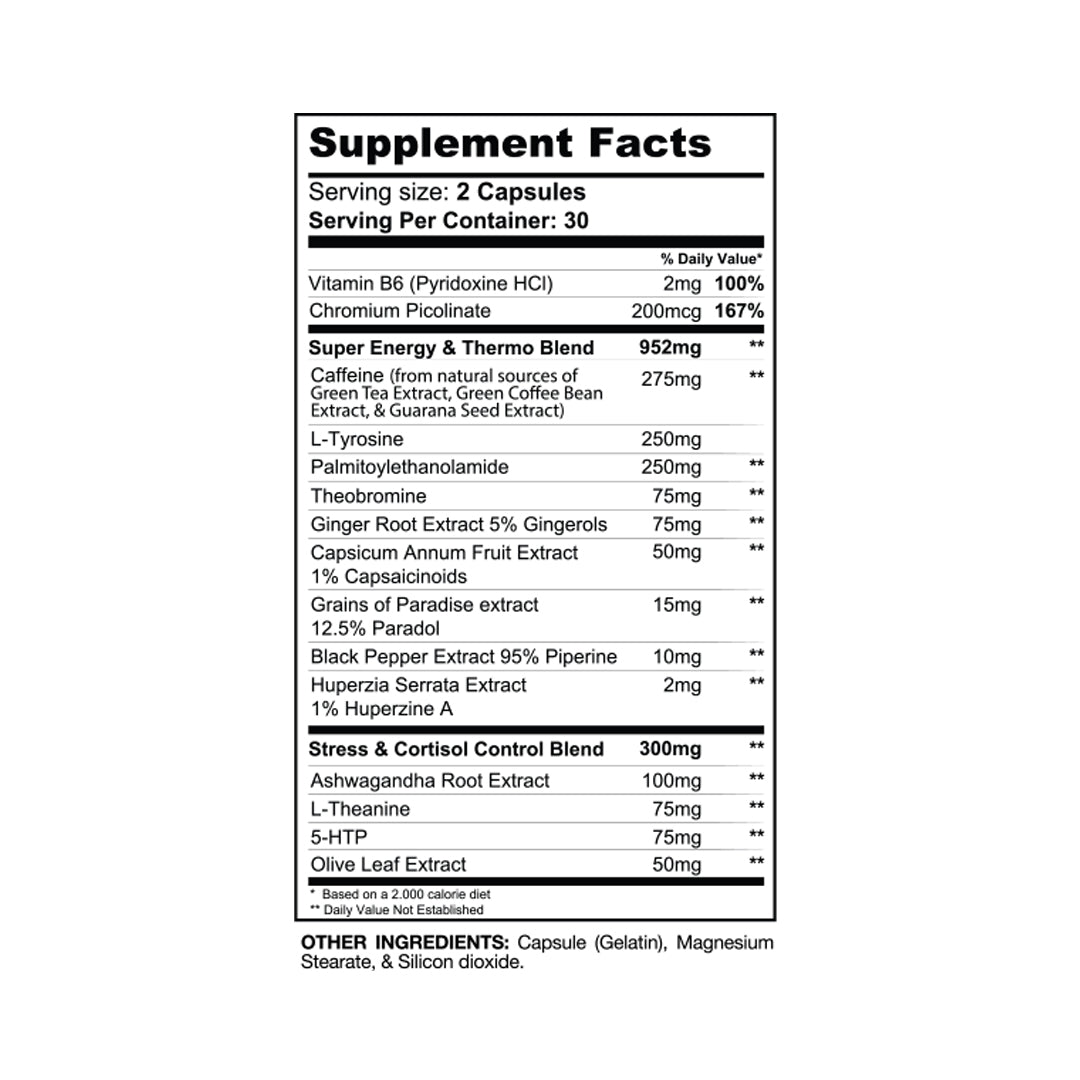









































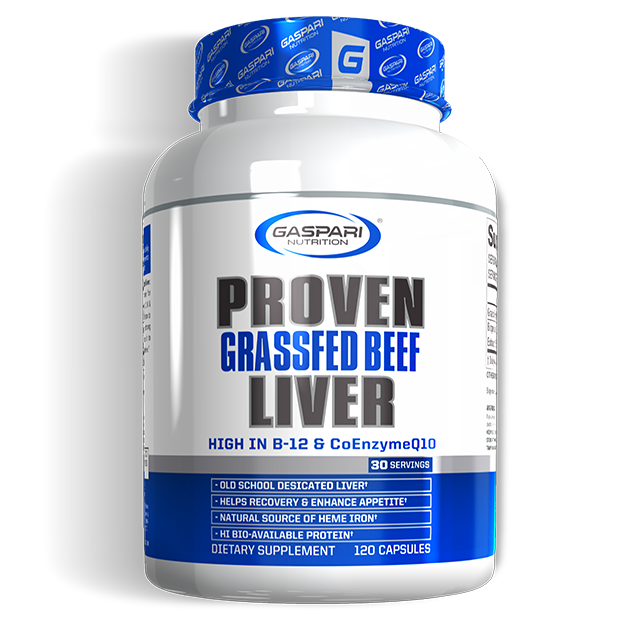





Share:
The Ultimate Guide To Protein Powder
Monk Fruit Vs. Stevia – Which Is Better?